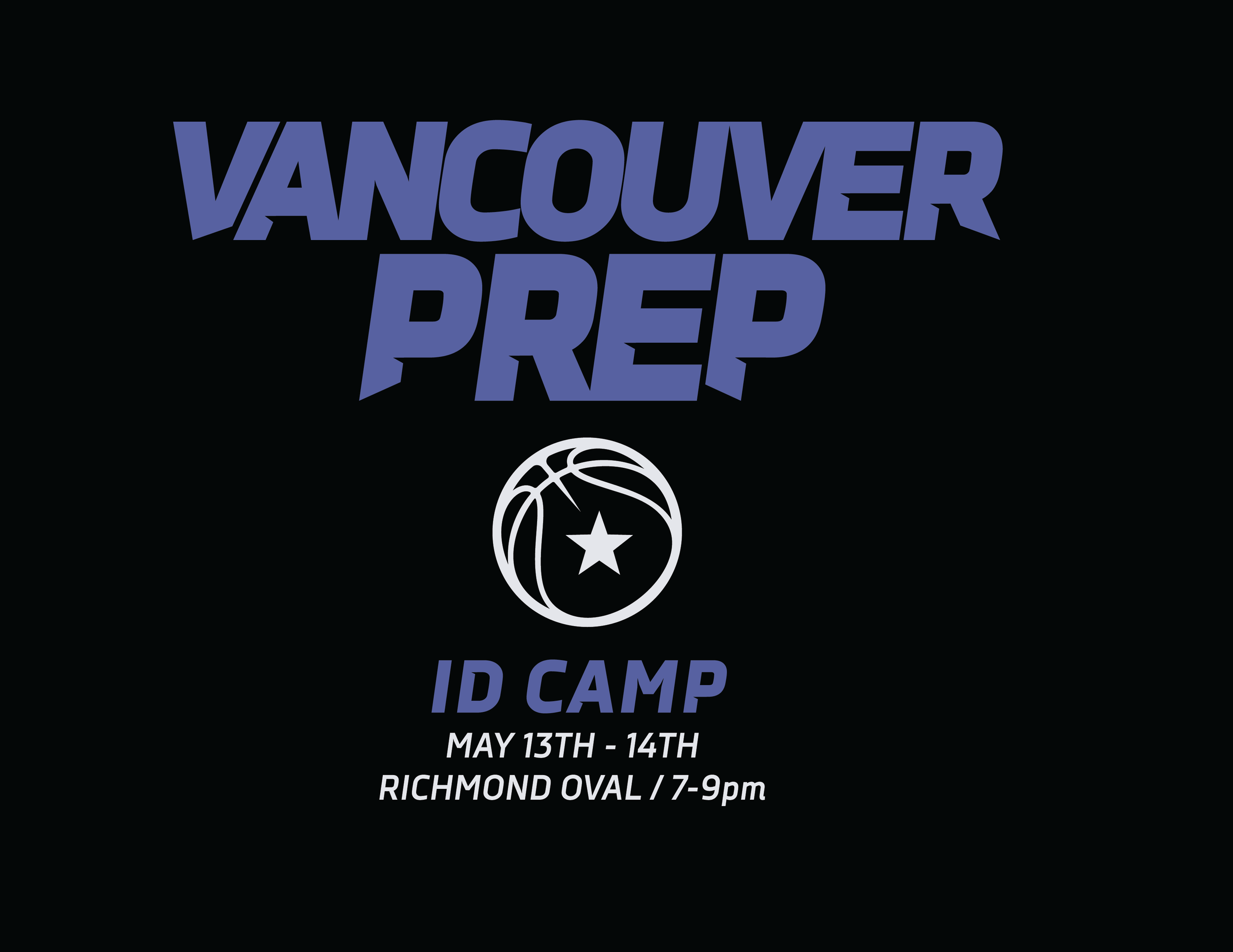What problem is Vancouver Prep and the CJBL trying to solve?
For many years, elite Canadian hockey players wanting to go to NCAA programs have needed to first play in the Canadian Jr Hockey League (CJHL) for a couple of years after graduating high school. The typical athlete plays 2 years post-grad in Jr A and will be 20 or 21 before they’re given a spot and a scholarship with one of the major university programs.
Until recently, basketball followed a different pathway with most players going directly from high school to post-secondary basketball at the college or university level. However, as a result of changes in transfer and age rules in the NCAA, the back log of players from COVID and the increasing appeal of Canadian university basketball programs to older and foreign students, a similar pattern is now developing for Canadian basketball players as well. Don’t believe me…just look at the average age of the starting line-up of Canada’s competitive basketball programs and you’ll see there are more people than ever in their mid…and even late twenties.
It has never been more difficult than it is now for young athletes to graduate from high school and secure a spot at the post secondary level right away.
And, we’re not just talking about the top university (Usport) programs. College (CCAA) rosters also bigger (15-18 players instead of the traditional 12 person roster) and older than ever.
Where are these older players coming from?
Quebec- the CEGEP system allows Quebec residents to play 3 years after high school without using ANY post secondary eligibility.
Ontario- the OSBA provides high level competition for athletes up to grade 13.
Prep school- across North America, Prep schools have been created to give players extra years of high school courses and basketball development.
Europe- many countries have excellent youth development programs up to U21 without using any U-sport eligibility
US transfers- because the NCAA has strict age restrictions and Canada has none, many older American players who are no longer eligible to play in the US transfer up to Canadian schools. The recent elimination of all NCAA transfer rules is also a significant factor in the Canadian recruiting world. Strong Canadian players who go the NCAA route straight out of high school often “bounce back” to Canada with several years of eligibility remaining even though they are a few years out of high school.
Canadian post-secondary schools- without age limits, there is no rush for Canadian athletes to play out their years. Many athletes are on the practice squad of university teams for a couple of years without using any eligibility. Combine this with 5 years of Canadian post-secondary eligibility (plus a 6th year due to COVID year) and the result is that there is a huge backlog of good, older players with eligibility. You can’t blame a Canadian Usport coach with 18 players on his/her roster and potential bounce back kids thinking of transferring, from not wanting to spend the time and effort to recruit a less developed high school kid.
CJBL (Canadian Jr Basketball League) and other U21 leagues- new leagues are being formed that allow athletes to play after high school without using any post-secondary eligibility. The CJBL is a league for athletes up to 21 years old to compete against other teams across Western Canada, from British Columbia to Manitoba.
While of course there are early maturers and exceptions to the rule, it is becoming rarer and more difficult for BC student athletes, graduating high school at 17 or 18 years old, to be able to find a spot on a good post-secondary school team. If the athlete is also a strong student who wants to go to a top level Canadian school, finding the right fit is even more challenging. In general, Canada’s top academic universities also have the strongest basketball programs with the largest rosters full of older players .
Solutions
To deal with these problems, many post-secondary coaches have responded by increasing their roster sizes. Where typical basketball teams used to carry 10-12 players, many universities in Canada (where scholarship limits aren’t a big factor) now carry 15-20 players.
While increasing roster size solves some problems, it also causes others…mainly being that coaches can’t get all their players into most practice situations, let alone in games. Without meaningful playing experience, it is going to be very difficult for these athletes to develop into strong post-secondary players.
We created Vancouver Prep Basketball Academy to address this problem. Starting in September 2023, the Vancouver Prep team will provide serious basketball development for U21 players with team practices plus strength and conditioning sessions at the Richmond Oval. The team will play pre-season games against local college and university teams and regular season games in the CJBL.
Without using any university eligibility, athletes are able to get some great basketball development and 20-30 games of post secondary playing experience. Although some Vancouver Prep players may choose to work or do a gap year, many will start their degrees as students at one of the several local post-secondary institutions (UBC, SFU, Capilano U, Langara, Douglas College). For many serious students who are ready for university studies, this CJBL route is a much more productive and cost efficient alternative to taking an additional year of high school courses at a Prep school.
Register for the May 13/14th Player ID camp at the link below or contact Hidde Vos at Hidde@splitsecondbasketball.com (604-243-4096).



